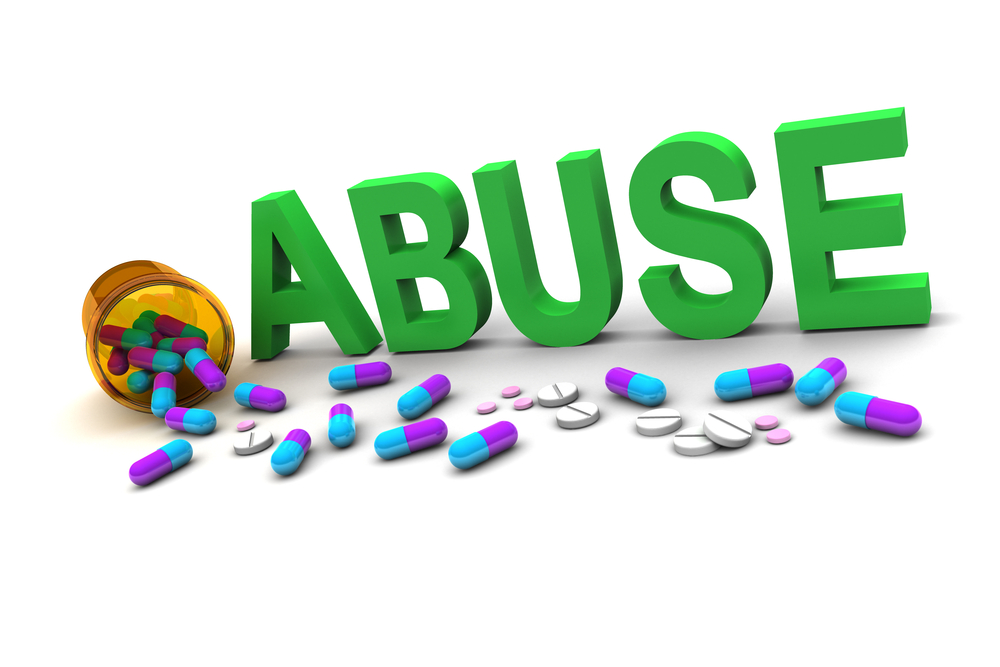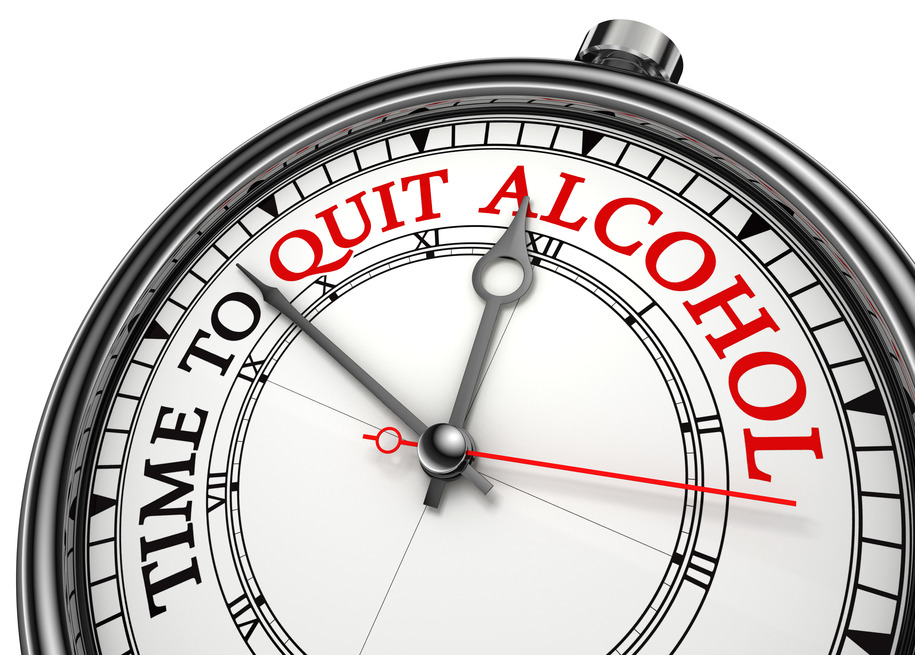Navigating drug cravings during treatment

Navigating drug cravings during treatment is essential for the good health of the brain
Navigating drug cravings during treatment: Sharing freely about craving
Drug addiction is not a taboo and issues relating to it can be discussed freely. Talking about is an effective way of navigating drug cravings especially during the recovery process. When patients have supportive friends and family members, talking freely about craving when it occurs, it gives the recovering addicts the confidence to pick up the pieces and move on. This is essential in reducing feelings of anxiety and vulnerability. Besides that, it can also help patients identify specific cues. It’s true that some family members may become distressed when they hear their loved ones (patients) sharing about craving because of the fear that this might ultimately lead to use of drugs, it is, however, important that therapists and other lined professionals to spend some time in identifying which patients would feel comfortable to talk with freely about craving, how that person would react, and whether it makes sense to ask that person in advance for support.
Navigating drug cravings during treatment: Going with the craving
Doctor Akoury says that the idea going with the craving technique is to let it (craving) occur, peak, and pass and that is to say experiencing them without either fighting or giving into them. Giving patients the imagery of a wave or walking over a hill may help convey this concept that is, gaining control by avoiding resistance.
From the various studies, experts have identified the steps involved which should be practiced within sessions before craving occurs. Besides, that patients should also be told that the purpose is not to make the cravings disappear, but to experience them in a different way that makes them feel less anxiety provoking and dangerous and thus easier to ride out. The steps are summarized below.
Pay attention to the craving – This usually involves, first, finding someplace safe to let oneself experience craving (e.g., a comfortable and quiet place at home). Next, relax and focus on the experience of craving itself – where it occurs in the body or mind and how intense it is.
Focus on the area where the craving occurs – This involves paying attention to all the somatic and affective signals and trying to put them into words. What is the feeling like? Where is it? How strong is it? Does it move or change? Where else does it occur? After concentrating in this way, many patients find the craving goes away entirely. In fact, the patient may find it useful to rate the intensity of craving before and after the exercise to demonstrate the effectiveness of the technique.
Finally, understanding the negativity of drug cravings and coping strategies alone will not be helpful if you do not take the next step of seeking help. Yes, you now have the information, but if you don’t apply that information, it will not be helpful. That is the reason why doctor Dalal Akoury founded AWAREmed Health and Wellness Resource Center for every individual who is struggling with any form of addiction to seek help. You can reach out to her on telephone number 843 213 1480 so that you can have a one on one with her and you will have all your addiction related concerns addressed professionally.
Navigating drug cravings during treatment: Sharing freely about craving









